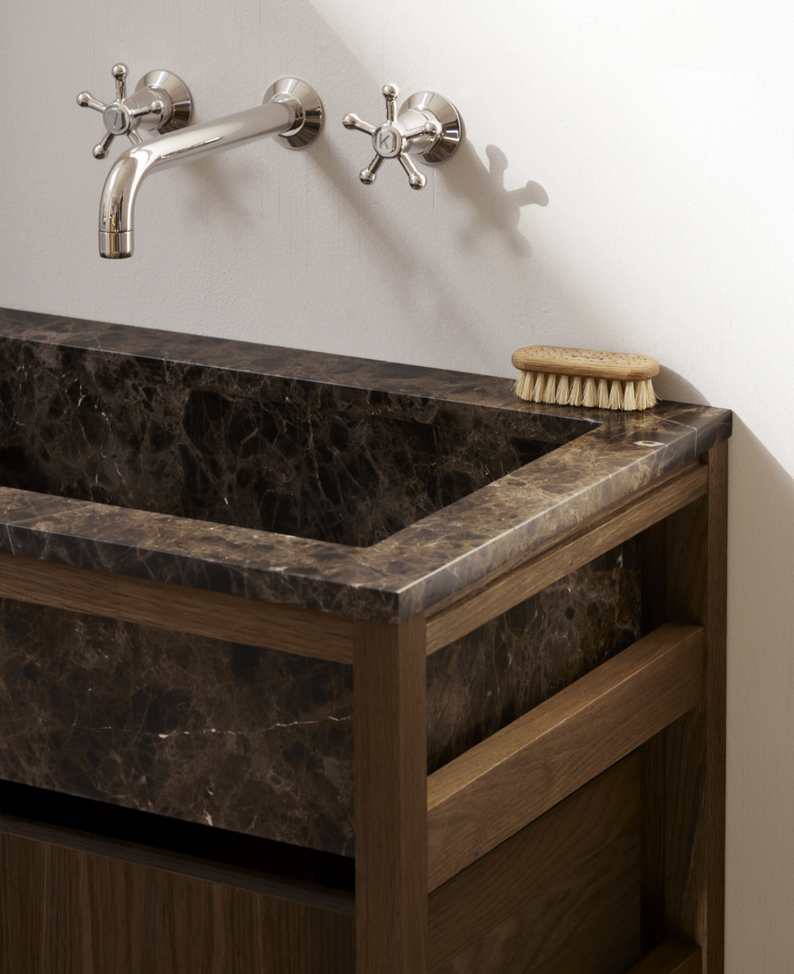Det Danske Institut i Rom blev opført på ruinerne af en forladt dansepavillon omkranset af træer i nærheden Villa Borghese i 1956. Bygningen er et slående eksempel på skandinavisk modernisme. Konceptet bag akademiet blev første gang defineret med det formål at pleje kulturelle bånd mellem Danmark og Italien.
Arkitekt Kay Fisker (1893-1965), der huskes som en af funktionalismens grundlæggere i dansk arkitektur, står bag instituttet. I 1960erne fik Fisker til opgave at genskabe Det Danske Akademi i sin karakteristiske modernistiske stil.













